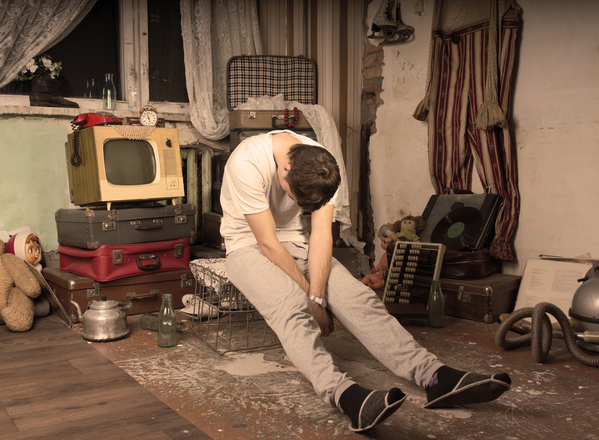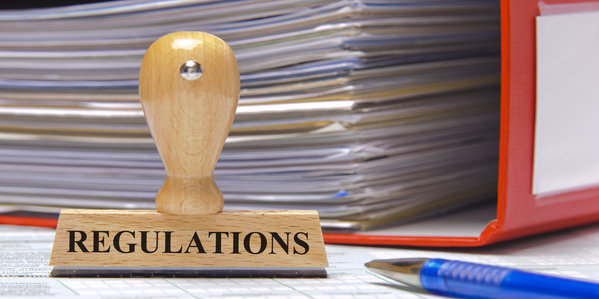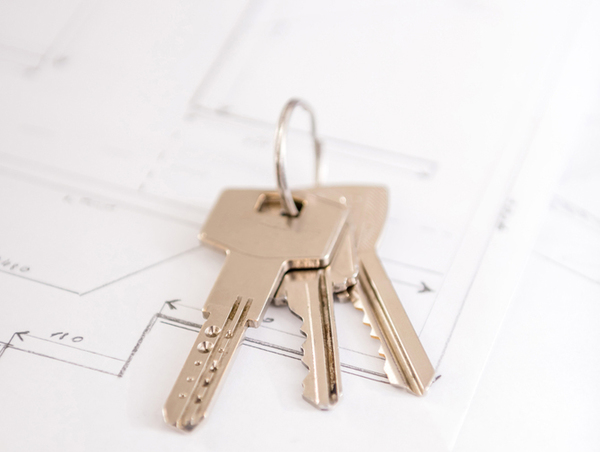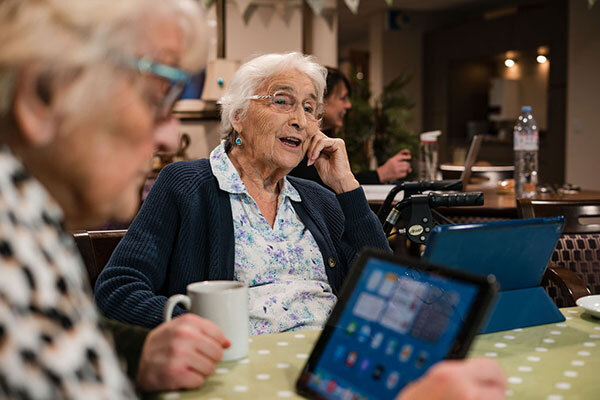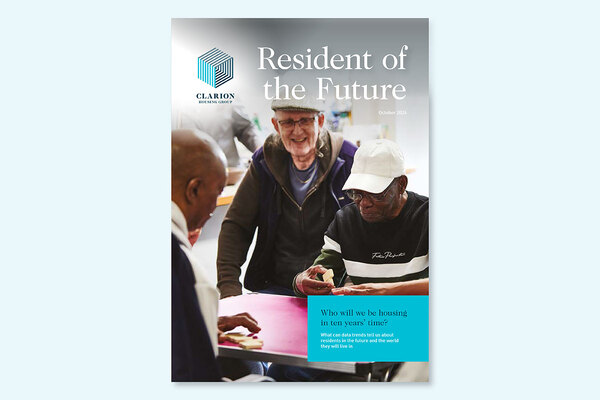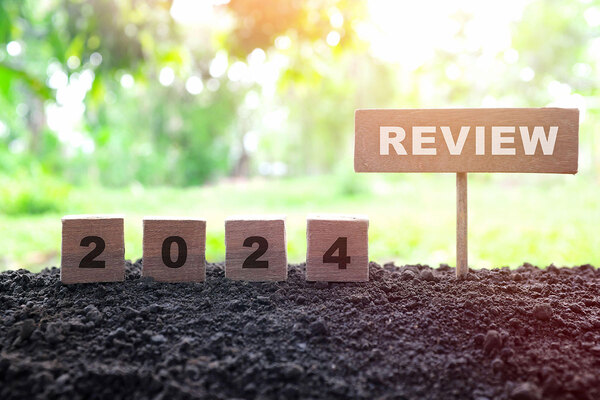You are viewing 1 of your 1 free articles

Rental concerns
Tenants are unlikely to benefit from the rise of the private rented sector, says Bill Randall


Source: Shutterstock
Understandably, there is a lot of concern and noise about housing associations and their future, but please don’t forget the real housing story of the 21st Century so far – the rapid growth of privately rented housing. Whether or not’s a real success story is open to question.
The private rented sector (PRS) has more than doubled in size in the last 15 years to nearly 5 million homes, and it trousers the thick end of £10 billion a year in housing benefit. According to a Civitas study, it will account for one third of all UK homes by 2032. Its stock is set to rise further while the housing association stock falls, literally.
All of this is music to the ears of a government obsessed with for-as-much-profit-as-possible solutions in all areas of endeavour. A government that believes social housing is an asset in need of a jolly good sweating and that there is something intrinsically wrong with poor people living in “much sought after” areas (unless they are living in servants’ quarters) where the real estate and rental values of their homes are not being realised.
The government believes it has spotted a business opportunity to sweat these assets and has enlisted the help of housing associations to do it through Right to Buy Mark II. And there’s a bonus. Local councils will be forced to sell their high-value homes to help pay for it all.
“Some privately tenanted homes are deathtraps.”
Despite ministerial promises, The Treasury knows it will bag a lot of free money through the Sale of the 21st Century. New homes to replace those sold will never be built in significant numbers. Indeed, since 2012 only one new home has been built for every nine sold. There is no reason to believe this shameful figure will change in the future. We know like will not be replaced by like.
Furthermore, it is no accident that privatising yet more social housing will lead inevitably to further expansion of the PRS. We know, from research by Inside Housing, that 40% of all homes sold under the Right to Buy are now let privately. More will follow.
We also know that the spread of private lettings on council estates often disrupts communities and blights neighbourhoods when letting agents neglect their responsibilities. In some cases, it leads to plummeting school rolls where family housing becomes shared housing, particularly in university towns and cities.
There are, of course, good private landlords, but the overall record of the sector is not good. Indeed, in 2010, 54% of PRS homes failed to meet the Decent Homes Standard.
Landlord and letting agent failures are commonplace. Some are spectacular. In London, Katia Goremsandu, who owns a string of rental properties in Haringey, has been convicted seven times and fined a total of £16,565 for letting uninhabitable rooms. Haringey council estimates that her annual rental income is around £188,000, including housing benefit payments.
Failing standards
Some privately tenanted homes are deathtraps, and a closer examination of the Fire Safety Regulations and Housing Acts by PRS landlords would be useful. Only last month, Harrogate landlord Michael Hassall was fined more than £8,000 after two of his tenants were forced to flee a serious fire at his property.
Earlier this year, Stuart De’Ath was fined £72,000 for a catalogue of fire safety breaches that threatened the safety of tenants living in 3 houses divided into 19 flats in St Anne’s, Lancashire.
Pressure has built up during the past two years for action on standards and rent stabilisation in the PRS, but there’s little sign of a government appetite for more regulation. It’s worth remembering, too that the number of landlord or landlady MPs increased by nearly a third in the last Parliament to 153. Most of them are Conservatives. Some of them are cabinet members. I am reminded of Christmas and turkeys.
The government has also been urged to include measures in the Autumn Statement [tomorrow] to help private landlords improve the energy efficiency of their homes. Many bed-sits and flats are in poorly converted Victorian buildings and leak heat, CO2 and money like a sieve.
Without incentives, most private landlords are slow to make any energy efficiency improvements. Housing associations, on the other hand, have performed very well on this front through whole estate improvements and developing Passivhaus and other zero carbon developments.
Shrinking the social housing sector, which the government is bent on doing, will see many tenants pay higher rents for substandard and unsafe housing conditions and increase fuel poverty. It’s madness.
Bill Randall, board member, Brighton Housing Trust
